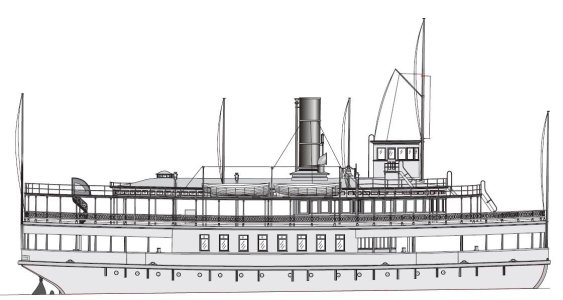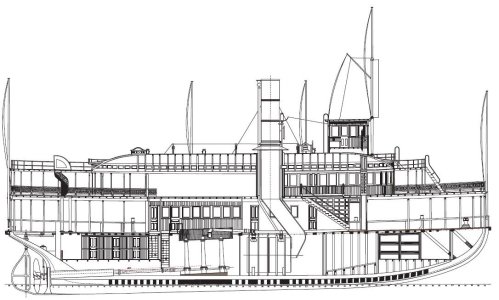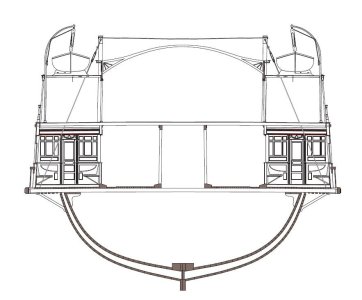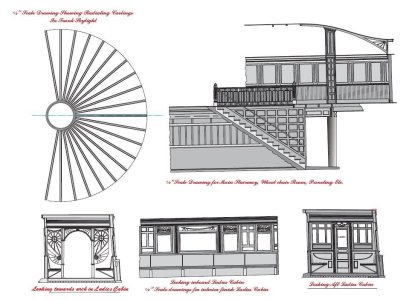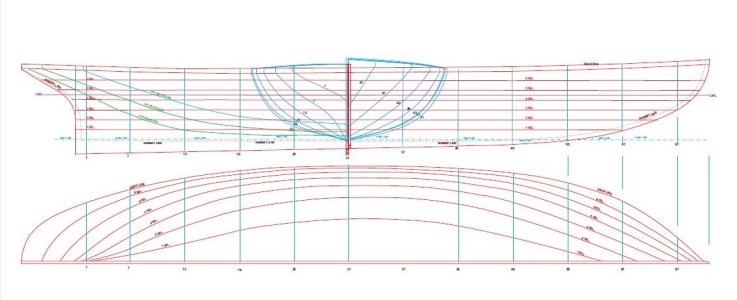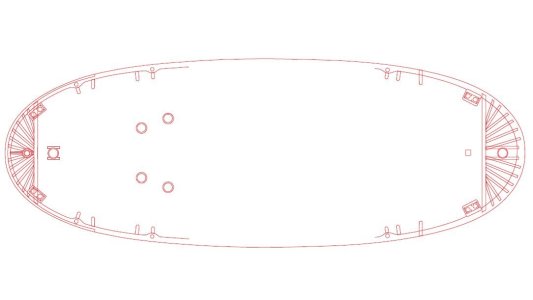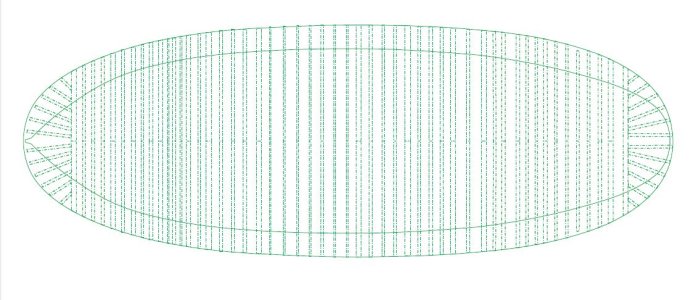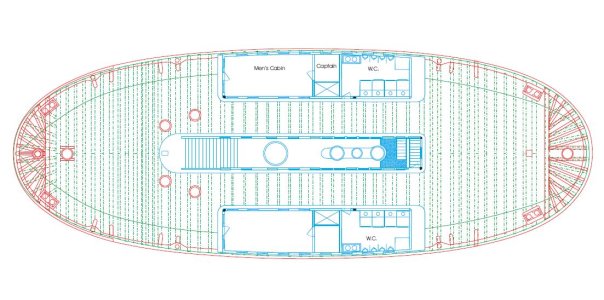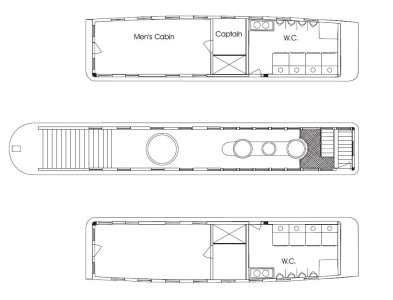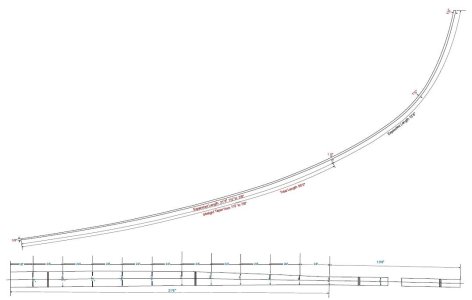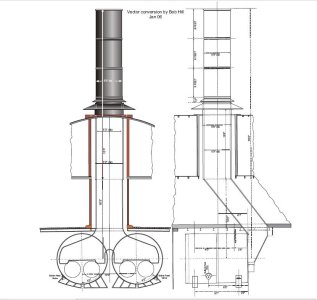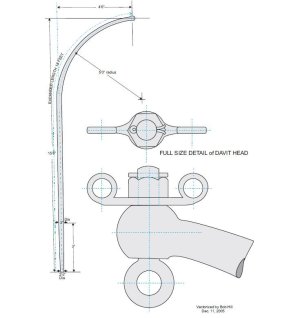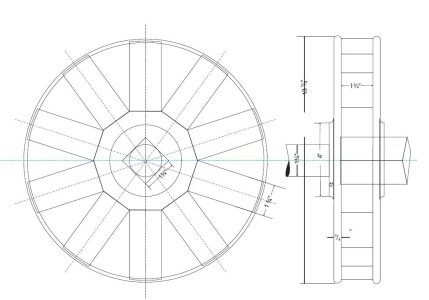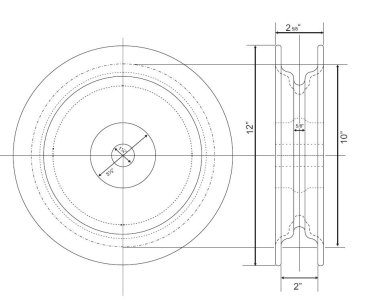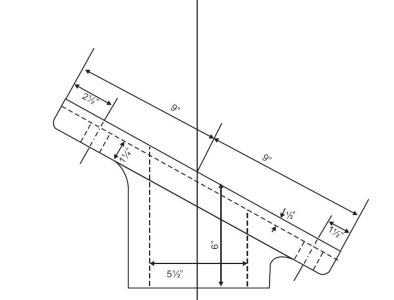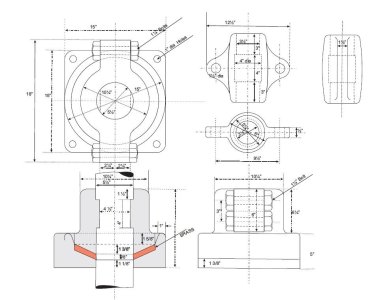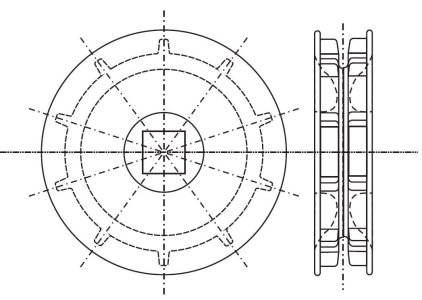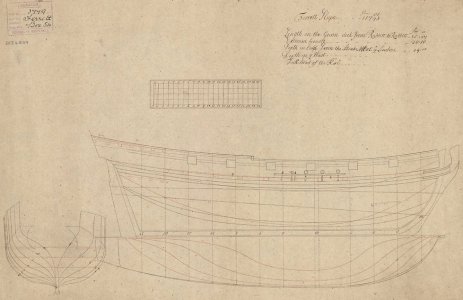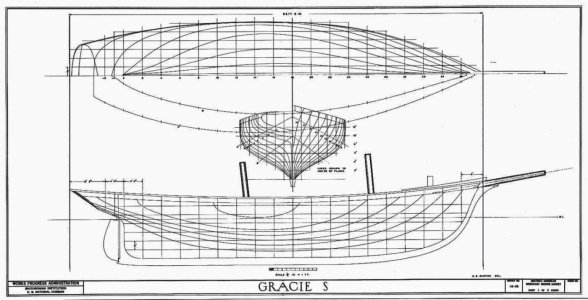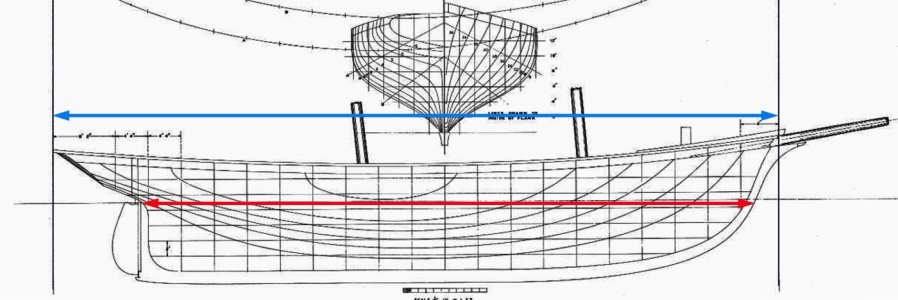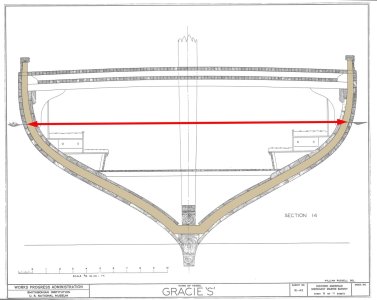- Joined
- Dec 1, 2016
- Messages
- 6,250
- Points
- 728

Every once in a while, there will be a post where do i get ships plans? good question but to general to answer, Ship plans come in a variety of forms like original shipyard drawings, modeling plans, plank on frame plans, plank on bulkhead plans, plans from kits and plans out of books. Here is a small sample of where to find plans, museums all over the world will have a collection of plans as well as historical societies and private collections.
 commons.wikimedia.org
commons.wikimedia.org
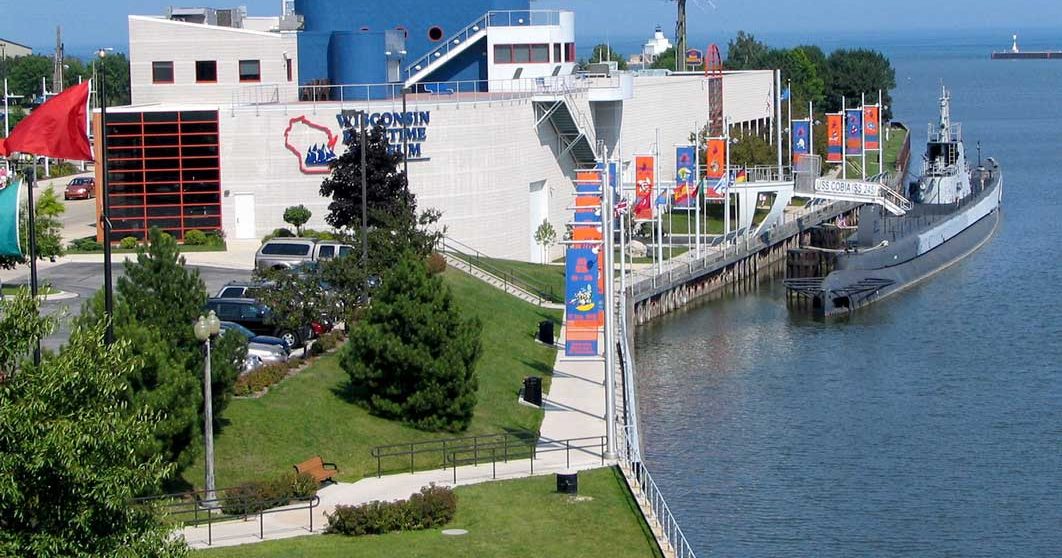
 www.wisconsinmaritime.org
www.wisconsinmaritime.org

 www.bgsu.edu
www.bgsu.edu
sometimes ships are built "by the numbers" yes math is a big part of building ships.
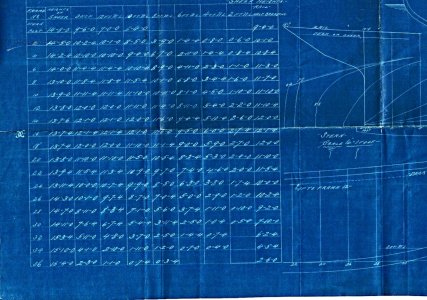

the numbers are used to create patterns for the carpenters out in the yard, the guy in the middle holding the papers might be calling out numbers like bingo or the master shipwright checking the work being done.
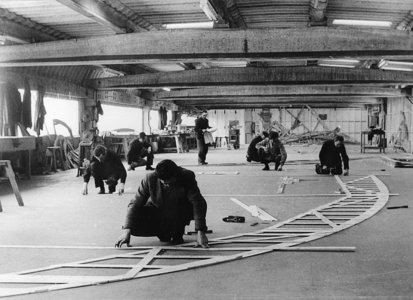
American Ship Building
Way back in the 1980s i was a volunteer at the Inland Seas Maritime Museum and had access to areas off limits to the public. Up in the attic there was a room full of rolls of ship drawings. I would spend entire afternoons unrolling and looking at these hand drawn pen and ink ship plans. The...
shipsofscale.com
Where to order HAMMS plans?
With the Smithsonian closed due to US government shutdown, are there any other sources to order plansets from the The Historic American Merchant Marine Survey? Preferably physical copies?
shipsofscale.com
Category:Ship plans of the Royal Museums Greenwich - Wikimedia Commons

Research & Collections | Wisconsin Maritime Museum
 www.wisconsinmaritime.org
www.wisconsinmaritime.org

Historical Collections of the Great Lakes
The main purpose of the Historical Collections of the Great Lakes (HCGL) is to collect, preserve, and make available historical materials documenting the Great Lakes
sometimes ships are built "by the numbers" yes math is a big part of building ships.


the numbers are used to create patterns for the carpenters out in the yard, the guy in the middle holding the papers might be calling out numbers like bingo or the master shipwright checking the work being done.




